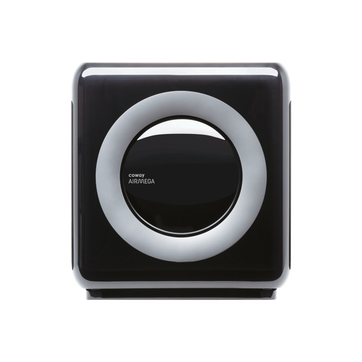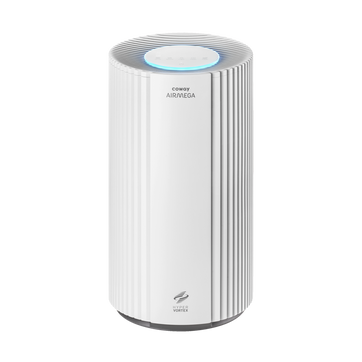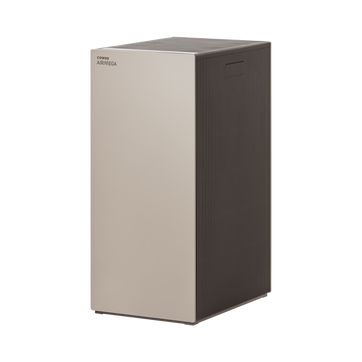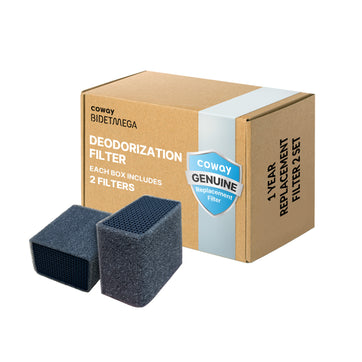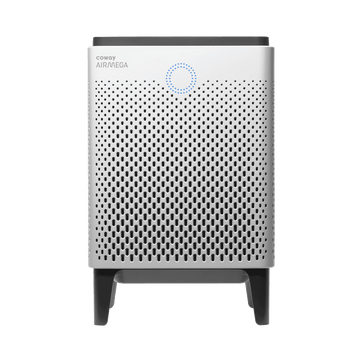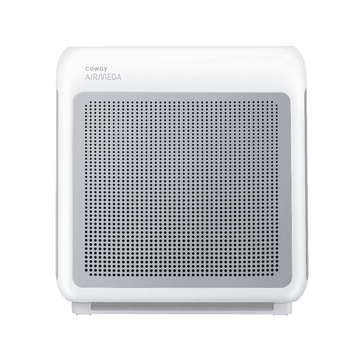
Allergen of the month: grass
For the next installment of our Allergen of the Month series, we’re taking a close look at grass pollen and grass allergies.
If grass pollen is a source of allergies for you, you’re in good company. Around 400 million people world-wide have a grass pollen allergy. What’s more, in many parts of the U.S., seasonal allergies are triggered by grass, as grasses of all kinds start to release pollen into the air, causing pollen to be carried by the wind for miles.
Fast facts
• 1,400 species of grasses exist in the United States, but only a handful cause serious grass allergies including Bermuda, Johnson, Kentucky, orchard, redtop, rye, sweet vernal, and timothy grasses.
• You may be allergic to just one type of grass pollen, or to many.
• Because grass pollen comes from a feathery flower that grows at the top of the shoot, most types of grass release pollen only when they grow tall.
• Perennial rye grass and tall fescue are better for allergy-sufferers, because they don't flower and release pollen until they're 12 inches or taller.
• Researchers at the University of Vienna are developing a vaccine for grass pollen allergies.
• Giant bamboo, which can grow up to 151 feet tall, is the largest variety of grass.
Grass allergies by region
In northern regions of the U.S., grasses usually pollinate in the late spring or early summer. But in southern areas, grasses may pollinate throughout many seasons, potentially triggering symptoms throughout the year. Bermuda grass, one of the more allergy-triggering types of grass, is sensitive to cold temperatures and, thus, is a leading lawn choice in southern regions. In cooler climates, resistance to disease and insects help make rye grass a favorite.
How to help grass allergies
• Keep your lawn mowed, since shorter grass is less likely to release pollen.
• Wind carries pollen in the air, especially when the weather is dry and sunny, so try to stay indoors on those occasions—and close the windows.
• Wear a mask when you garden.
• Re-landscape your lawn with allergy-safe options such as ivy or Spanish moss, or choose plants that will thrive in the sun, soil and water conditions typical of your region.
• Remove outdoor clothes before entering your home.
• Use a smart air purifier with a HEPA filter, like Airmega.
Disclaimers
1Coway air purifiers have been proven to trap dust, pollen, dander, viruses and bacteria in the air based on KCL (Korea Conformity Laboratories) testing.They have been tested in a 30㎥ size chamber according to the Korea Air Cleaning Association standard (SPS-KACA 002-132:2022 Modified) to measure the 0.01㎛ size of particle removal rate. It was tested on maximum airflow speed in normal room temperature and humidity conditions. The performance may vary in the actual living environment of customers.
→ Tested with Airmega Aim, 50, 100, 150, 160, Tower AP-1216L, Mighty AP-1512HH, MightyS AP-1512HHS, 200M, Icon, IconS, 230, 240, 250, 250 Art, 250S, 300, 300S, 350, 400, 400S, 450, ProX
299.97% of viruses, bacteria, fungi and pollen were verified to be removed from the air for Coway air purifiers which have Green True HEPA™ filter applied based on the Japan Food Research Laboratories(JFRL) testing according to JEM 1467 standard.
→ Tested with Coway Airmega Mighty AP-1512HH, MightyS AP-1512HHS, 250, 250 Art, 250S, 300, 300S, 400, 400S
→ All tested by JFRL and received above result within below time.
4The concentration of ammonia, acetaldehyde and acetic acid were proven to be removed within 30 minutes by FCG Research Institute, Inc. Human Life Science Lab. It is not a demonstration result in the actual use space. Not all odors and gases may be supported. → Tested with Coway Airmega 150, 160, Mighty AP-1512HH, MightyS AP-1512HHS, 400, 400S
5The coverage area of the air purifier is based on an area where the air cleaner can make two air changes per hour (ACPH). An air change per hour translates to how many times an air purifier can clean an area, assuming the height of a ceiling to be 8 ft, in one hour. Therefore ** means two air changes per hour means that the cleaner can clean the area once every 30 minutes and * means air changes per hour means that the air purifier can clean the area once every 60 minutes.
10Terms and conditions apply. Discounts, including promotions, coupons, bundle discount and subscription discount, cannot be stacked on top of other coupons. During promotional periods, discount codes will not be able to be applied to orders. Promo codes may apply to products only—filters, accessories, and new products within 3 months of the release date are not included.
11Based on Coway R&D internal laboratory testing, activated carbon filtration was shown to remove up to 95% of ammonia odors within 40 minutes, and up to 99% of fecal odors within 20 minutes. Actual performance may vary depending on usage conditions.

